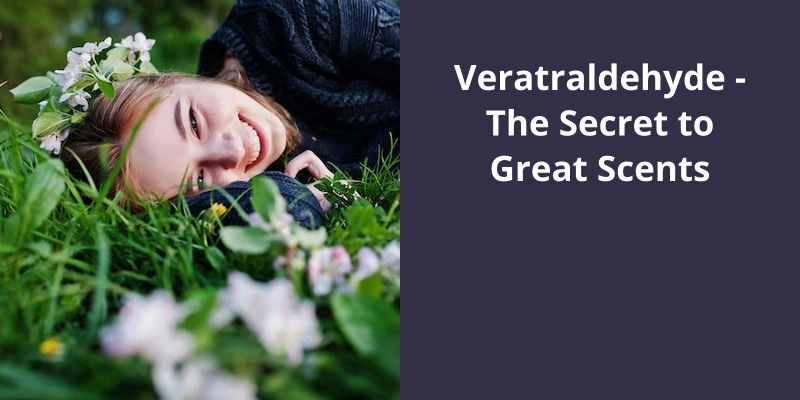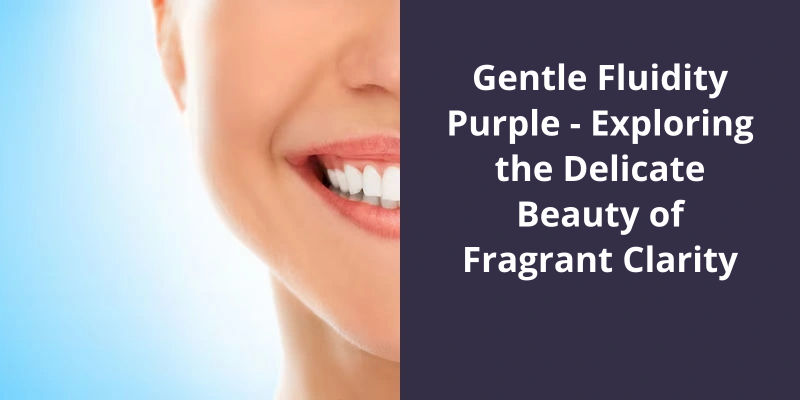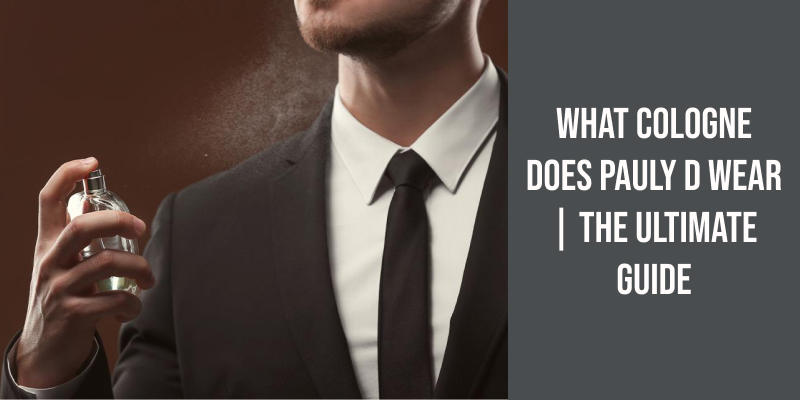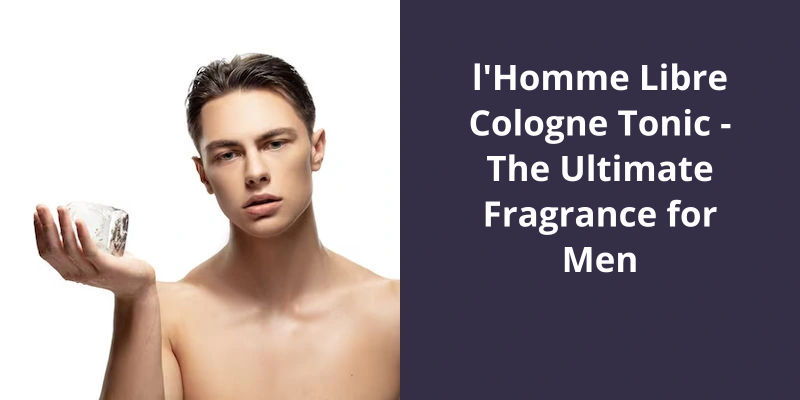Veratraldehyde, also known as vanillin aldehyde or 3,4-dimethoxybenzaldehyde, is a key ingredient used in the perfume and flavor industry. It is an organic compound that has a pleasant vanilla-like aroma, which makes it a popular choice in the production of various fragrances and flavors. Veratraldehyde is synthesized from compounds extracted from the vanilla bean. Despite its extensive use in luxury perfumes and various food items, it’s also used in the pharmaceutical industry for creating a variety of medicine. Its versatility, affordability, and pleasant smell make it desirable in many industry applications.

What Does Veratraldehyde Smell Like?
Veratraldehyde, also known as 3,4-dimethoxybenzaldehyde, is a natural and synthetic organic compound that’s commonly used in the fragrance industry. It’s known for it’s sweet, woody, vanilla, and heliotrope notes, making it an excellent perfume material. Unlike other aldehydes, it doesn’t have a harsh or pungent aroma, but delivers a rich and warm scent instead.
When smelled on it’s own, Veratraldehyde can be described as being sweet and slightly floral, with a hint of smokiness. The woody notes that it gives off can be compared to that of sandalwood or cedarwood, with a slight powdery undertone. The vanilla notes are also very prominent and lend a comforting and sweet scent to the overall fragrance.
It’s sweet, woody, and vanilla notes make it an excellent choice for creating oriental fragrances, woody-musky bases, and other warm and comforting scents.
Applications of Veratraldehyde in Other Industries Besides Fragrance
- Veratraldehyde is used in the production of pesticides and herbicides.
- It’s also used in the manufacturing of various polymers and resins.
- Veratraldehyde has potential applications in the pharmaceutical industry as a precursor in synthesizing drugs.
- It’s used in the production of flavors and artificial sweeteners.
- This chemical compound is also used in the production of high performance plastics and fibers.
Veratraldehyde is often associated with it’s sweet, creamy, and vanilla-like fragrance nuances. However, there’s some debate over whether or not it can be classified as a vanilla. In this article, we will explore the properties and uses of veratraldehyde, and examine it’s relationship to the vanilla family.
Is Veratraldehyde a Vanilla?
Veratraldehyde is one of the key players in the production of vanilla fragrances, and while it’s part of the larger vanilla family, it’s important to note that it isn’t actually vanilla. That said, it does have many of the same scent characteristics that are commonly associated with vanilla including a creamy and sweet aroma with a powdery finish.
What makes Veratraldehyde unique is it’s ability to work as a bottom note in fragrances. Bottom notes are the foundation of a fragrance and are what gives it the depth and complexity that we often associate with high-end perfumes.
While it’s true that Veratraldehyde is a synthetic aroma chemical, it’s important to note that it’s used in many high-end fragrances and is considered to be a trusted and reliable ingredient.
The Science Behind the Scent Characteristics of Veratraldehyde and Other Vanilla Fragrances.
- Veratraldehyde is a chemical compound commonly used in vanilla fragrances.
- It’s responsible for giving vanilla fragrances their distinct smoky, woody undertones.
- Veratraldehyde is usually synthesized from natural ingredients such as guaiacwood oil or clove oil.
- Other ingredients commonly found in vanilla fragrances include coumarin, vanillin, and heliotropin.
- Vanillin is the primary aroma compound found in natural vanilla extract.
- Coumarin is also used to add sweetness and warmth to vanilla fragrances.
- Heliotropin is a floral scent often used to complement the sweetness of vanillin.
- The combination of these ingredients creates a complex aroma that’s both sweet and smoky.
- The science behind the scent characteristics of these ingredients involves the complex interactions between odor molecules and the olfactory receptors in our nose.
Source: VERATRALDEHYDE – Creating Perfume
Now, let’s take a closer look at the various ways that benzaldehyde is used in the perfume industry.
What Is Benzaldehyde Used for in Perfume?
Benzaldehyde is a naturally occurring organic compound found in many fruits, such as apricots, cherries, and almonds. It’s sweet, nutty aroma has made it a popular ingredient in perfumes and fragrances for centuries, as well as in foods and beverages as a flavoring agent. Benzaldehyde has a complexity that’s difficult to replicate, making it’s inclusion in scents valuable and desirable.
Perfume manufacturers use benzaldehyde to add a distinct and unique fragrance note to their products. It’s almond-like scent is often combined with other floral, fruit, or musky notes to create a well-rounded and harmonious scent. Benzaldehyde is an important ingredient in many classic fragrances, such as Chanel No. 5 and Dior J”Adore. It’s sweet and warm aroma is also popular in men’s fragrances, where it’s typically combined with woody or spicy notes to create a more masculine scent.
Scientists have been able to replicate the naturally occurring benzaldehyde in a lab setting, which has led to it’s widespread use in the fragrance and food industries. This synthetic version is known as nature-identical benzaldehyde and is preferred over the natural version due to it’s consistency and purity. Synthetic benzaldehyde also helps to reduce the strain on the natural resources of the earth by decreasing the demand for the natural compound.
Chemistry of Benzaldehyde and How It Interacts With Other Fragrance Notes
Benzaldehyde is a chemical commonly used in fragrances. It’s a bitter almond smell and is often mixed with other fragrance notes to create a unique scent. It interacts with other fragrance notes by altering their scent profile and adding depth to the fragrance. It’s chemistry allows it to mix well with other fragrance ingredients, making it a popular choice for perfumers.
Veratraldehyde has a number of applications due to it’s unique properties. In addition to it’s use in the production of 2C-H, the compound is also used in the fragrance and flavor industries. It’s pleasant scent and flavor have made it a popular choice for many perfumes, soaps, and food products. Additionally, veratraldehyde has been explored as a potential alternative to traditional insecticides due to it’s insecticidal properties. This versatile compound continues to be an important ingredient in many different industries.
What Is Veratraldehyde Used For?
Veratraldehyde has a wide range of applications, from it’s use in the production of fragrances and flavors, to it’s use in the pharmaceutical industry. In the food industry, it’s used as a flavoring agent in various products such as baked goods, candies, and beverages. It’s woody aroma is perfect for imparting a natural, earthy scent to food products. Moreover, it’s used in the production of fragrances for perfumes, colognes, and lotions.
Another important application of Veratraldehyde is in the field of agriculture. It’s used as an insecticide and fungicide to control various plant diseases and pests. It’s been found to be effective against various plant pathogens such as Botrytis cinerea, Sclerotinia sclerotiorum, and Fusarium oxysporum. It’s also been used in the production of herbicides that selectively target weeds and other unwanted vegetation.
One of it’s important uses is in the production of 2C-H, which is a psychoactive compound. It’s been found to have hallucinogenic properties and is used recreationally. Additionally, it’s used in the synthesis of various other substituted phenethylamines such as 2C-B, 2C-I, and 2C-C, which also have psychoactive properties.
Veratraldehyde has also been found to have antioxidant properties. Studies have shown that it can help prevent oxidation of lipids and biomolecules, which can result in various health problems such as atherosclerosis and cancer. It’s also being studied as a possible treatment for neurodegenerative diseases such as Parkinsons and Alzheimers.
Furthermore, Veratraldehyde has been used in the production of various resins and polymers. It’s used as a building block in the synthesis of various copolymers and terpolymers. These materials are used in various applications such as adhesives, coatings, and composites. The resin produced from Veratraldehyde has been found to have excellent mechanical properties and thermal stability, making it useful in high-temperature applications.
Additionally, it’s been found to have insecticidal, fungicidal, and antioxidant properties, making it useful in agriculture and medicine. It’s role in the production of psychoactive compounds has also been explored, making it an interesting compound for research. Ultimately, Veratraldehydes unique properties and versatility make it an important compound with a bright future ahead.
Conclusion
It’s a sweet, spicy, and woody scent that’s both alluring and captivating.





